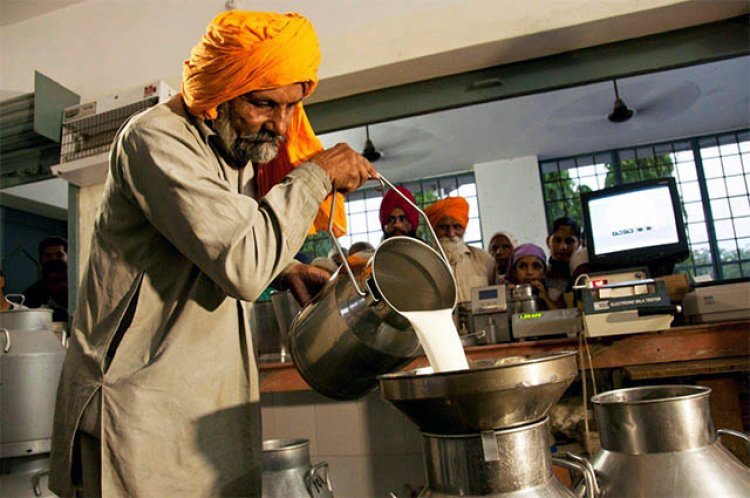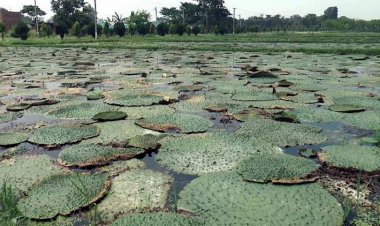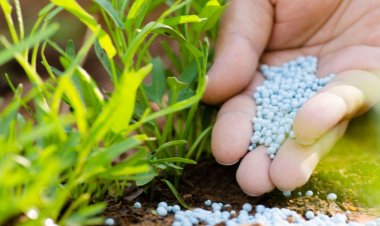Milk procurement by dairy companies down despite higher price to farmers, Ghee and butter in short supply
The main reason behind this situation may be attributed to the fact that farmers had to suffer a steep decline in milk prices they got in the wake of the massive fall in demand in the unorganized and private sector during the Covid-19 pandemic in 2020. The price of cow milk containing 3.5 per cent fat had then gone down to Rs 18-Rs 20 per litre.

It is after several years that cooperative dairy federations and dairy companies have to face a decline in milk procurement despite paying higher prices to the farmers. This has led Amul, the largest dairy brand in the country, and Mother Dairy to raise milk prices by Rs 6-9 per litre in less than a year’s time. This has happened after some eight years. While Amul has raised prices by Rs 6 per litre in Delhi-NCR between February 2022 and October 2022, the Mother Dairy full-cream milk prices have, with the price hike on 26 December 2022, gone up by Rs 9 per litre during the same period. Similar price hikes have been witnessed by other milk brands, too, in other parts of the country. With milk fat prices going up during this period, the availability of popular brands of ghee has steeply declined in several major retail chains and markets.
The main reason behind this situation may be attributed to the fact that farmers had to suffer a steep decline in milk prices they got in the wake of the massive fall in demand in the unorganized and private sector during the Covid-19 pandemic in 2020. The price of cow milk containing 3.5 per cent fat had then gone down to Rs 18-Rs 20 per litre while that of the one containing 6.5 per cent had declined to Rs 32-Rs 33 per litre. Currently, dairy federations and companies are offering Rs 37-Rs 38 per litre for the same milk and Rs 54-Rs 55 for buffalo milk. But milk procurement is going down despite this.
An official from a major dairy federation in the country told Rural Voice that while the growth percentage in milk procurement was in double digits until last year, it has either stabilized or witnessed a decline in several states. The milk procurement of cooperative dairy federations has gone down by up to 15-20 per cent in Karnataka and Tamil Nadu. This is the situation in the flush season (when milk production is high). It is in this season that companies produce SMP and fat and stock them for the summers — something that is not happening this time. Once the lean season (the period when milk production declines) starts in April, the supply will decline further.
The main reason behind this situation of milk supply is that farmers reduced their investment in cattle as they got less prices during the Covid-19 period. They had to go through double trouble. While there was a steep decline in the prices they got for milk on the one hand, fodder prices have witnessed a steep hike for the last two years on the other. During this period, the prices of cake, green fodder and straw increased drastically. Given this situation, the young generation of the milch cattle remained in weak health and farmers did not add to the number of their cattle. Also, from July to September, Lumpy Skin Disease (LSD) led to cattle deaths on a large scale in Gujarat, Rajasthan, Haryana, western Uttar Pradesh and Maharashtra. And the milk yield was severely affected in the diseased animals. This, too, affected milk production.
This is why milk companies and dairy federations have to pay higher prices to the farmers to keep the milk supply intact. Besides, the production of skimmed milk powder (SMP) and fat (ghee/butter) from the extra milk in the flush season is also getting affected. This situation has led to several big-brand ghees disappearing from the shelves of mega retail-chain stores and markets.
Such a phase of hike in milk prices has been seen for the first time after 2013-14. There had been a hike of Rs 8 in the prices of major milk brands then within the span of a year. It was the effect of the 2012 drought that showed in a decrease in milk production and an increase in milk prices. The chain of hikes started this time around after 28 February 2022. The price of full-cream milk from Amul has gone up in Delhi-NCR from Rs 58 per litre to Rs 64 per litre since then, witnessing a hike of Rs 6 per litre. At the same time, the price of Mother Dairy full-cream milk has gone up in Delhi-NCR from Rs 57 per litre in March 2022 to Rs 66 per litre — a hike of Rs 9 per litre.
Amul milk prices (in Rs per litre) in Delhi-NCR
|
Date of price hike |
Full-cream |
Toned |
|
1 May 2013 |
42 |
32 |
|
15 Oct 2013 |
44 |
34 |
|
25 Jan 2014 |
46 |
36 |
|
9 May 2014 |
48 |
38 |
|
3 June 2016 |
50 |
40 |
|
11 Mar 2017 |
52 |
42 |
|
21 May 2019 |
54 |
44 |
|
15 Dec 2019 |
56 |
46 |
|
1 July 2021 |
58 |
48 |
|
1 Mar 2022 |
60 |
50 |
|
17 Aug 2022 |
62 |
52 |
|
15 Oct 2022 |
64 |
52 |
Source: GCMMF
And it’s not just about the price of milk. The price of SMP has gone up to Rs 340 per kg in the country and that of ghee to Rs 525 per litre. During the Covid-19 period, the price of SMP had fallen to Rs 140-Rs 150 per kg and that of ghee to Rs 280-Rs 290 per litre.
The exports of SMP and milk fats in the previous and current years have also been a major reason behind the hike in the prices of SMP and ghee. While 33,017.06 tonnes of milk fats worth Rs 1,281.15 crore were exported from India in the last financial year (2021-22), 13,359.97 tonnes of milk fat worth Rs 664.82 crore have been exported during April-November 2022 in the current financial year. These exports were possible due to the higher prices in the global market and the higher availability and lesser prices in the domestic market. However, the prices of fats and SMP in the global market are currently running at 20-25 per cent less than those in the Indian market.
Dairy industry sources admit that farmers spent less on cattle breeding during the Covid-19 pandemic and this has impacted milk production. Besides, LSD has also had an impact on cattle on a large scale, which in turn affected milk production. This is why dairy companies have hiked the selling price of milk several times. The prices had to be hiked even in the flush season, when the milk supply is high. Once the lean season starts in April, the pressure will be felt only further. Besides, the sources say that the massive hike in prices over the last year has left little room for too much of a further hike in prices. A hike in prices may affect the demand.
Given these circumstances, there is a likelihood of going for imports of SMP and butter oil in order to keep milk prices at the current levels. The prices of SMP and fats in the global market are considerably lower than those in the domestic market. But the burden of import duty renders imports unprofitable. Dairy industry sources say that, given this situation, the government may have to make a policy decision wherein a balanced approach will have to be taken bearing the interests of domestic dairy producers in mind.
It would be better that, if necessary, the imports be made by a public sector institution like the National Dairy Development Board (NDDB) and used as a buffer stock for the summers. Industry sources say that chances are that milk supply will increase in the next flush season as farmers are getting better prices currently. Subsequently, the situation will turn normal on this front.



 Join the RuralVoice whatsapp group
Join the RuralVoice whatsapp group








































